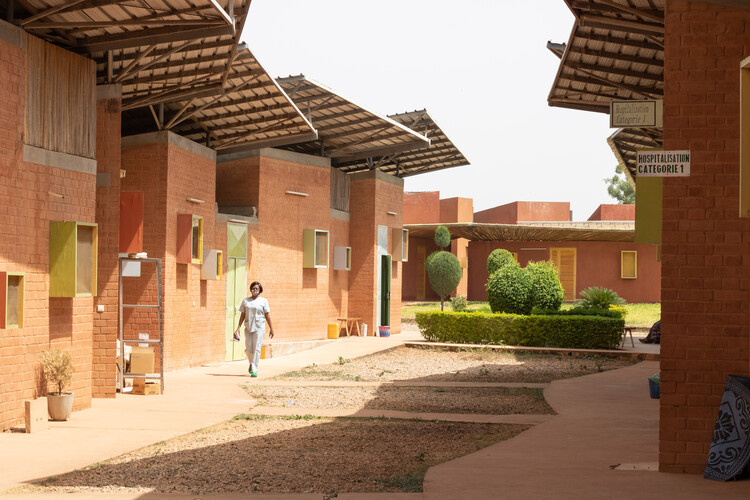
"I just wanted my community to be a part of this process," Diébédo Francis Kéré said in an ArchDaily interview published last year. It's hard to think of another phrase that so well sums up the modesty and impact caused by the newest winner of the Pritzker Prize of Architecture, whose work gained notoriety precisely for involving the inhabitants of his village in the construction of works that combine ethical commitment, environmental efficiency, and aesthetic quality.












![Charlotte Perriand, one of the four female architects highlighted in Carmen Espegel's "Women Architects in the Modern Movement" book.. Image © Robert Doisneau [Wikimedia], under public license. David Adjaye Named as the First Recipient of the Charlotte Perriand Award - Image 1 of 4](https://images.adsttc.com/media/images/620a/241a/3e4b/31f4/e200/000c/thumb_jpg/Charlotte_Perriand_Janvier_1991.jpg?1644831765)
























.jpg?1637861666)































.jpg?1628253352)



